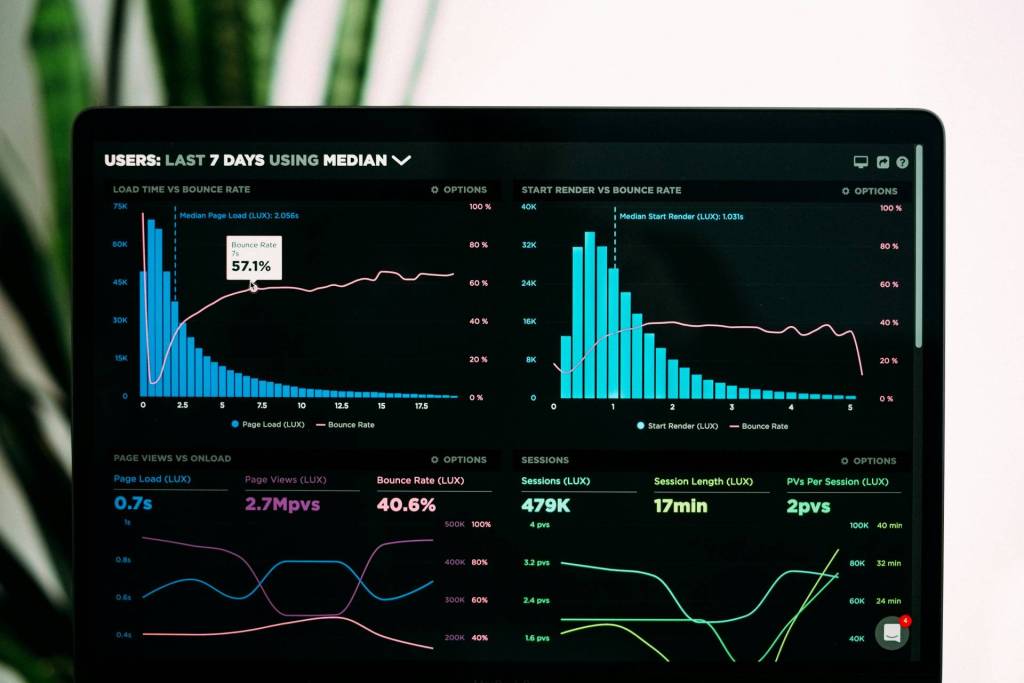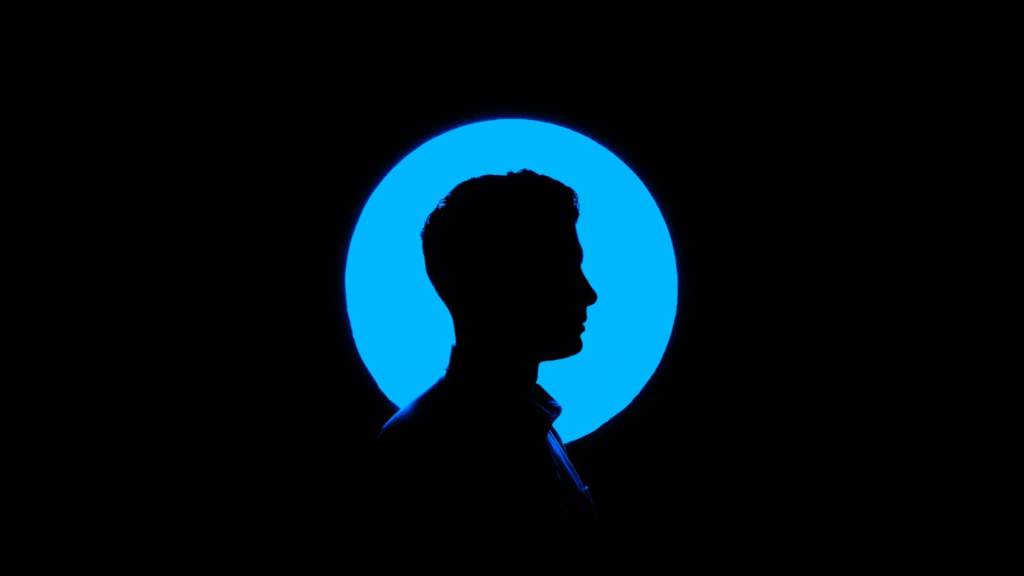Today, I spoke to Judy Shapiro, who is Chief Brand Strategist of Cloud Linux, CEO of engageSimply a social media/ direct marketing communications company and contributor to AdAge.com. In this interview, Judy talks about how she got started in the advertising world, how the industry has changed since she started, calculating the ROI of social media, and more.
How did you get started in the advertising world?
My Dad was a printer and I often worked at his printing shop as a kid growing up which helped me land a job as a print traffic planner at a large ad agency, NW Ayer. I was put on the most prestigious, production intensive account at the agency, DeBeers Diamonds and learned so much about the craft of creating brilliant advertising. I became very good at managing complex production clients and within a year I was promoted to traffic supervisor working on intense newspaper accounts. That success let me leap from production to account management – to the Chemical Account because it was a heavy newspaper advertising account. I was very lucky to be in the right place at the right time and I was also very lucky to have the support of one person who took a big chance on me – Peggy Gordon. She patiently taught me the basics of good account management. I was so grateful to her for her kindness and I learned my first big lesson in business – helping others can, very literally, change the course of their life.
After my big break into account management. I had succession of great account assignments; I was part of the new business pitch that won the huge JCPenney Account, I was put on award winning Gillette Account and at my request, I was put on a P&G piece of business – Hawaiian Punch. These clients trained me to understand that precision, efficiency and a disciplined approach to product management (not just marketing) won the respect of Wall Street. It marked me for life as a marketer who seeks standards, processes and fact-based decision making in all the work I do.
After a fairly short time, I made the ultimate leap from the agency to the client side and I went to work at AT&T Consumer Products which ignited my love of technology. It was exciting times for telecommunications and I loved that AT&T was leading so much innovation. I was assigned to the plumiest of assignments including HomeCenter, an AT&T version of a personal Internet with a handwriting recognition tablet. It was the iPad, iPhone and MAC all wrapped up in one. If not for MCI cooking the books forcing AT&T into an unwinnable war – it’s very likely that AT&T would be your “Apple” and data provider today.
From there, I continued to be fortunate by being right in middle of every major technological trend of the last 10 years working at Lucent Technologies, Bell Labs and Computer Associates and smaller tech innovators like Comodo and Paltalk.
Today, I put to good use all this experience as Chief Brand Strategist for Cloud Linux, an OS technology company and as CEO of a new marketing company that creates user curated social media/ direct response programs.
How lucky can a girl get?
How much as the ad industry changed from when you started to now? What will happen in the future?
I’ve been directly and intimately involved in the ad business going on three decades now. Ya know what? The ad industry has not changed really since the 1980s despite a set of widespread changes that have utterly changed the advertising and marketing business forever.
The basic business model for both agencies and brands centered on the “one:many” model. Agencies benefited from the efficient “produce once and run many times” approach of the mass ad world and brands had an efficient messaging model where “one” (meaning brand) can pump their message out to many via mass media. This “one:many” world worked beautifully when mass media like TV and print ruled the marketing world – big budgets built big brands who could pay big fees.
But when Internet erupted as the first marketing game changer, agencies were painfully slow to adopt because “new” digital media buys did not fit the “one:many” mold. These buys were fragmented, small and incredibly time consuming and agencies were ill equipped to manage the emerging “many:many” conversations. True, the agencies learned how to buy digital media more efficiently (mainly banner ads) but the success at these digital integration attempts varies wildly agency to agency.
Then, just as agencies thought it was safe to swim in digital waters, social media came onto the scene so fast and so broadly catching most agencies of all sorts utterly unprepared. If digital media was tough to integrate into an agency’s fee structure, I believe social media is a “one:many” ad business model killer. Less and less do brands control the engagement which makes efficient agency distribution of the message very messy, very very time consuming and ultimately very very very unprofitable.
We see therefore, that in barely 30 months, the ad business of 30 years has seen not one but two game changers and the pressures are tremendous to adapt. Unfortunately, many are desperately trying to adapt to the new “many:many” model within the “old” “one:many” business model. It’s not likely to have good outcome.
“Now what?” I hear running through your minds. The answer lies (wait for it) in learning how to retool the business to profit in this “many:many” world where “Judy Consumer” initiates the conversation on her terms and on her territory.
If one were to start from scratch, what might the agency of the future look like? In my mind, the agency of the future is highly skilled at creating highly organized curated user experiences (think direct response incubation campaigns on steroids) that brands can tap into. These curated user experiences don’t focus on a single tactic, like Foursquare (even if it did get $20MM in finding), or a piece of content, but on a highly distinct set of interaction engines that are able to maintain an engagement with all the Judy Consumer conversations initiated in the diverse networks. Ultimately, the strategic basis for this curated user experience will be a multi-dimensional mashup of community, content, connectivity to drive commerce and business results.
Pushing this concept out to its edge, I can even imagine a time when the agency of the future will evolve to become the “agency for Judy Consumer”. At this agency, Judy Consumer can directly communicate her ad preferences through a sophisticated set tools that will drive which content see wants, which ads she sees and when she them. It is a future that is tantalizingly close today.
The hardest question to answer is how do we get from there to here? We get there together – as an industry – brands and agencies by creating workable guidelines to address business needs like measurability, compensation, certification, privacy/ trust and security in this “many:many” marketing world. Fortunately, many leaders in the business share this understanding of the need and together leading brands and agencies are joining Alternating Current; a industry consortium of agencies, brands, standards organizations and technology companies to establish clear guidelines and practices for the agencies of the future.
In a recent AdAge post you asked what a Facebook follower is worth. What would you rather have, a Facebook follower or an email contact? Are all followers created equal?
These are important questions and ones that the industry is wrestling with right now because the stakes are high all around. The challenge though is that social media is still evolving which leaves us without established language, measurement or metrics that help marketers build up to an actionable and measureable model.
At this point, (July 2010) I’ve no facts to guide my answer to the question beyond some vaguely informed hypothesis that gives me the feeling it is becoming less useful to think about comparing one social media vehicle to another. We should, instead, raise our thinking to consider comparing alternate “user-curated experience campaigns” – a mashup of real time video connectivity, interactive video programming, content and commerce.
But in the here and now, there is a need to asses the ROI of alternate social media channels. How are we supposed to do that?
First, it’s useful to understand that this ROI calculation must live within the context of our evolution into digital, social citizens. Social networks primarily provide us with a way to inject trust into our digital lives which we need as a way to counterbalance the cloaked, global and potentially scary nature of the Internet.
As a result, since “trust” is the central column for social media, it drives a different set of attitudes, behaviors and as a result measures. Whereas in most other traditional media (which BTW – now include digital banner ads), the key ROI media measures are reach and frequency to determine efficiency via the CPM (cost per thousand) measure, in the sphere of social networks, these measures do not reflect the marketing value of social media. In this world, reach should be replaced with “trusted influence reach” and frequency should be based on “trusted mentions in trusted destinations”.
Taken further, I believe we are just at the first stages of the “decomposition” of the mega-Internet because Judy Consumer is trying to scale the Internet back to human scale. She is trying to manage her dependence mega communities, search engine and shopping sites by intersecting intimate social networks and intelligence into her digital world. As social networks take hold as the anchor for “Judy Consumer’s” online world., trust is what will matter; whereas mass reach (and the entire business model along with it) may not even be useful anymore.
Let’s explore a real world case to clarify this point. Let’s take the case of two referral programs where one is executed within a niche social network with a high CPM and the other is executed on a large manufacturer’s site with a huge reach and low CPM.
On the surface, the program on the manufacturer’s site seems more productive – lots of people to see lots of positive recommendations. But dig a little deeper and with proper tracking you may well find that though far efficient in terms of CPM, the engagement and subsequent conversion of prospects within the trusted social network was far more productive.
This is why the urgent chase is on to understand what works in this new social media world because we are executing at a “micro” level. And because of the early stage of this segment, we have little industry consensus on the basics; definition of metrics, how or what we measure let alone the more complex questions. But we are moving in the right direction with consortiums like Alternating Current which will first produce guidelines around measurability. “You can not manage what you can not measure.”
What’s the difference between branding and digital marketing?
I believe that a brand’s equity is what drives shareholder value and hence we must think of branding as a business goal – not just a marketing function. Proof of this point was most sadly, but starkly made in the recent BP tragedy where the company’s stock fell in direct proportion to the plunging loss of brand equity.
With that perspective, then it becomes clear that branding, as the business goal drives all types of digital marketing to distribute a brand’s message. But when we turn the question over on it’s side and consider; “What’s the difference between digital marketing and social branding?” we can discover a powerful strategy that can begin to change how we do branding in the social connected, digital world.
The key to recognize is that digital marketing has become the “mass media” of the online world, an important channel for mass communications no doubt, but social branding is full of different stuff. Social media is about creating a consistent brand story, very literally, one person at a time – on their turf – in their communities. This drives an entirely new set of practices and technologies that companies are just learning how to harness, like referral programs, video chat or community management And more importantly, since social branding drives a transparency that leaves brands no where to hide – again very literally, no amount of expensive PR campaigns or glitzy digital campaigns by itself can overcome adverse sentiment in the social networked world.
Very clearly, social networks shift the balance of power for the first time, to “Judy Consumer”. She initiates the conversation and if earned a relationship with a brand. “Judy Consumer” becomes the branding engine for a company and as such, has a huge seat at the corporate table.
Who inspires you and why?
It was my Yiddishe Grandmother, long gone before social networking became hot, was a “maven” (Subject Matter Expert) in social networking, working the “networking” dynamic at level that few people get to encounter.
To appreciate why she was such a powerful teacher requires a brief understanding of her life. My Grandmother, Margit Grosz was born at the beginning of the 20th century in Hungary – the daughter of a highly respected and mystical Hasidic rabbi. She married a young Rabbi and when World World II erupted, she had nine children. Caught in the nightmare, on December 3, 1944, she and eight of her youngest children marched into Bergen Belsen, (my father was the “oldest” at 15 and my youngest uncle a mere baby of about 8 months).
This story should have had a tragic end, but in fact she did the remarkable – she was able to save every single one of her children after six months in the death camp. Her strength that saved them all was firmly grounded in her ability to connect to the soul of another person … the fundamental pillar of a social networker extraordinaire. These power lessons of social media, inspired by her, I dedicate to her.
- Keep it simple, direct and honest.
- Keep engaging.
- Make sure everyone in the community benefits through cross-pollination
- Be generous with your time, talent and experience.
- Never pre-judge, assume the best in everyone and treat everyone with respect.
- Be brave
———
Judy Shapiro is Chief Brand Strategist of Cloud Linux, CEO of engageSimply a social media/ direct marketing communications company and contributor to AdAge.com. Judy’s perspective is the result of 30 years on both the agency and client side including NWAyer Advertising, AT&T, Bell Labs, Lucent Technology, Computer Associates, Paltalk and Comodo. Judy mentors a number of new technology companies and she has been published in CNN, USAToday, Business Week, Crain’s Business among others. Her blog, Trench Wars, is a popular small business blog, providing insights on how business create value on the internet.












